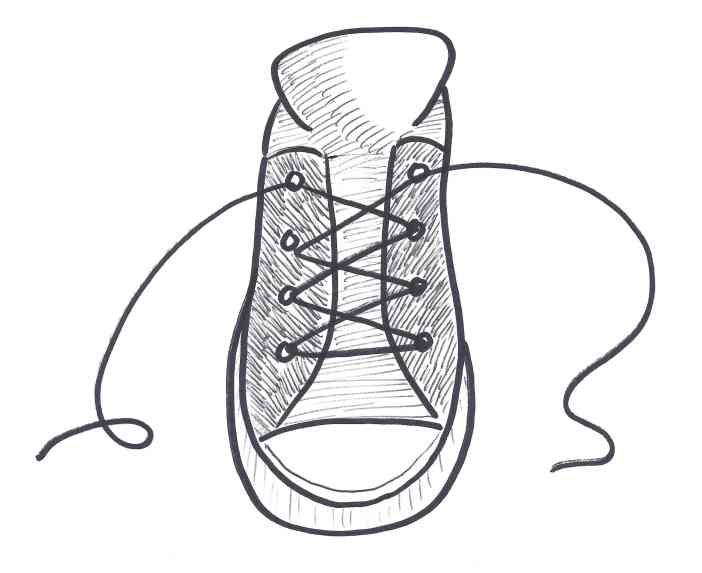If you’re reading this at work, at least your boss won’t be catching you shopping. Yes, it’s Cyber Monday, the Internet’s Black Friday. This online retail event was created by some very smart marketers in 2005. The word cyber was created, too, in its own way, by a very smart person and not too long ago. But its etymological inspiration is much older.

Cyber
Ironically yet fittingly, the once futuristic-sounding cyber already seems a bit dated. Ironically, because it’s a relatively young word. Fittingly, because, as technology swiftly changes today, so, too, does its language.
Cyber is a back-formation of cybernetics, used by American mathematician Norbert Wiener in his 1948 Cybernetics: Or Control and Communication in the Animal and the Machine. Put (not so) simply, cybernetics studies the self-regulating systems at work in complex organisms and machines.
Shortened from this cybernetics as early as the 1960s, cyber– was liberally prefixed to various phenomena of the computer age. A prominent and influential example, cyberspace was coined by science fiction author William Gibson in 1982. Another author, Bruce Bethke, dreamed up cyberpunk in 1983.
But the cybercafe and cybersex of the 1990s – and many other neologisms that mushroomed during that decade – seem like curios of the past. I would guess that the ubiquity of the Internet – and everything we do on and through fast-changing technology – renders the descriptive prefix, well, obsolete.
Interestingly, cyberattack, cyber-security, and cyber warfare, still maintain currency. Cyber-bullying, too. These, perhaps, have staying power due to their widespread governmental and institutional usage. And Cyber Monday, of course, has turned 15.
While cyber may sound ancient today, its roots are in fact ancient. Via the connecting sense of guiding a system, Wiener’s cybernetics is formed on the Greek κυβερνήτης, or kybernetes, meaning “steersman,” “helmsman,” or “pilot,” as Liddell and Scott gloss it. This noun is rooted in the verb κυβερνᾶν, or kybernan, “to steer (a ship).” Wiener may have been influenced by cybernétique, coined by French scientist André-Marie Ampère for the “science of government.” (The scientific unit, the ampere, remembers him, too.)
The Greek kybernetes sailed into Latin as gubernator, hence gubernatorial. After passing into French, Latin’s gubernator eventually yielded English’s own govern and governor. The metaphorical pilot-as-leader is documented early on in all languages. So, if your boss finds you checking out on Amazon this Cyber Monday, just say how it showcases your executive experience.







